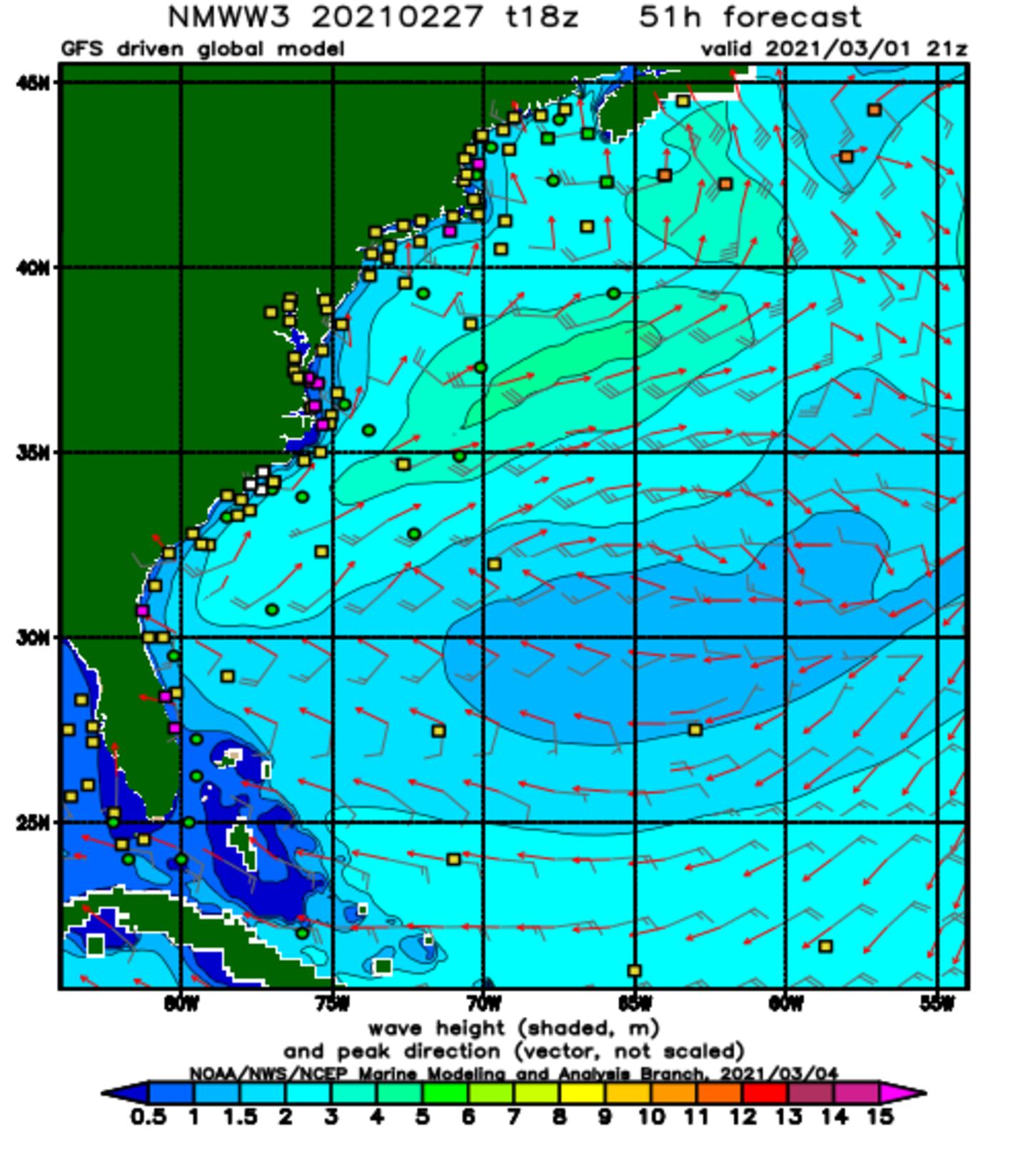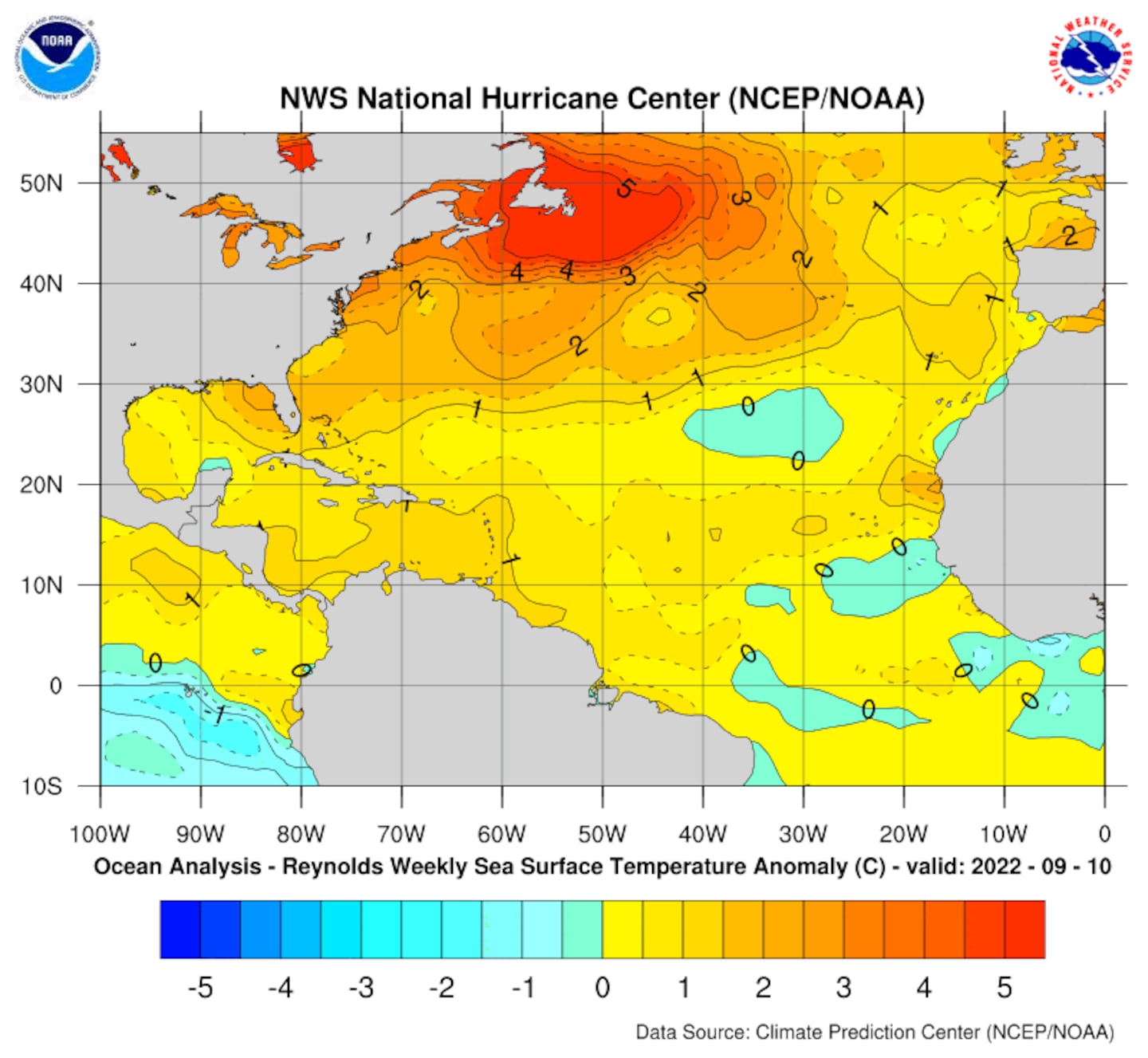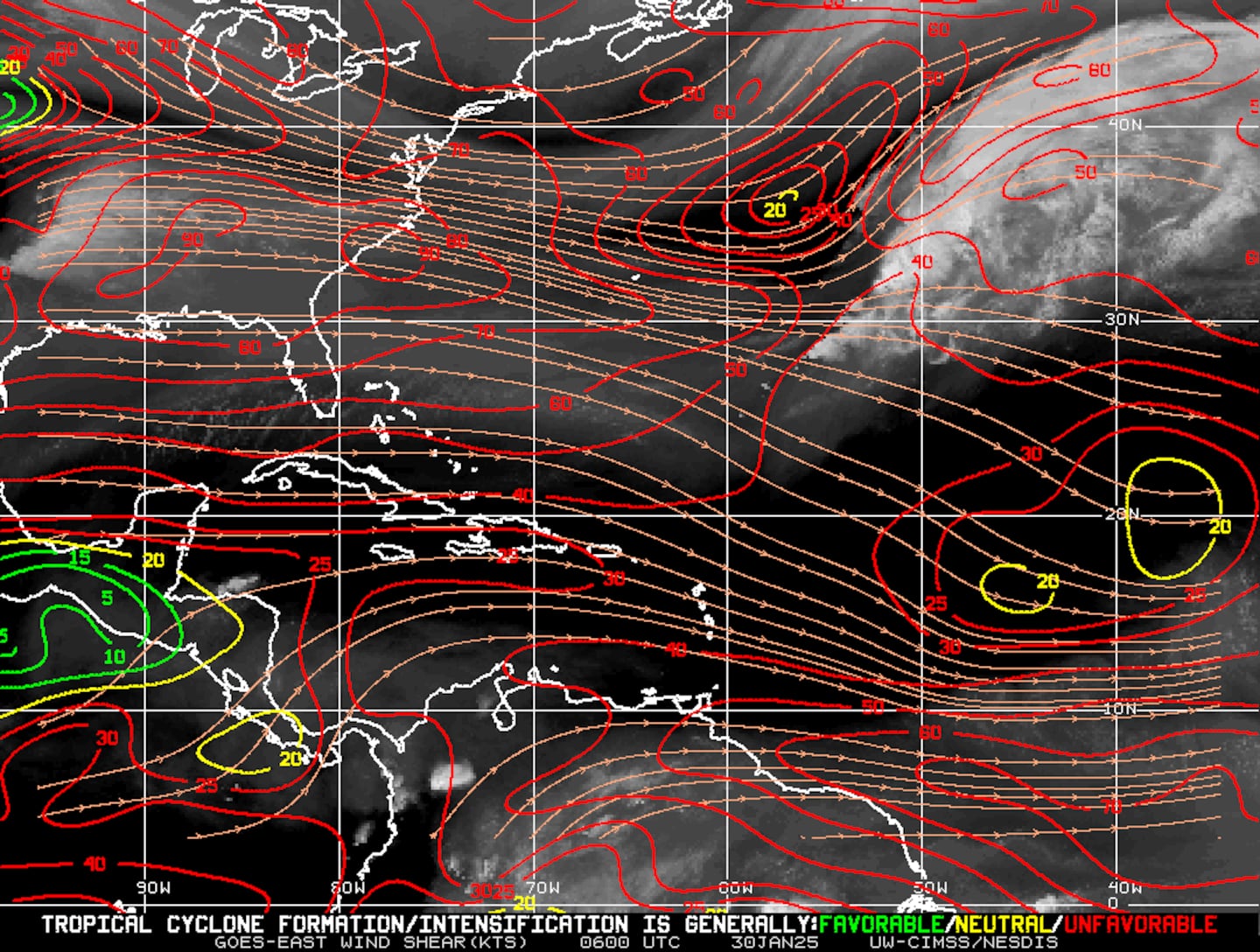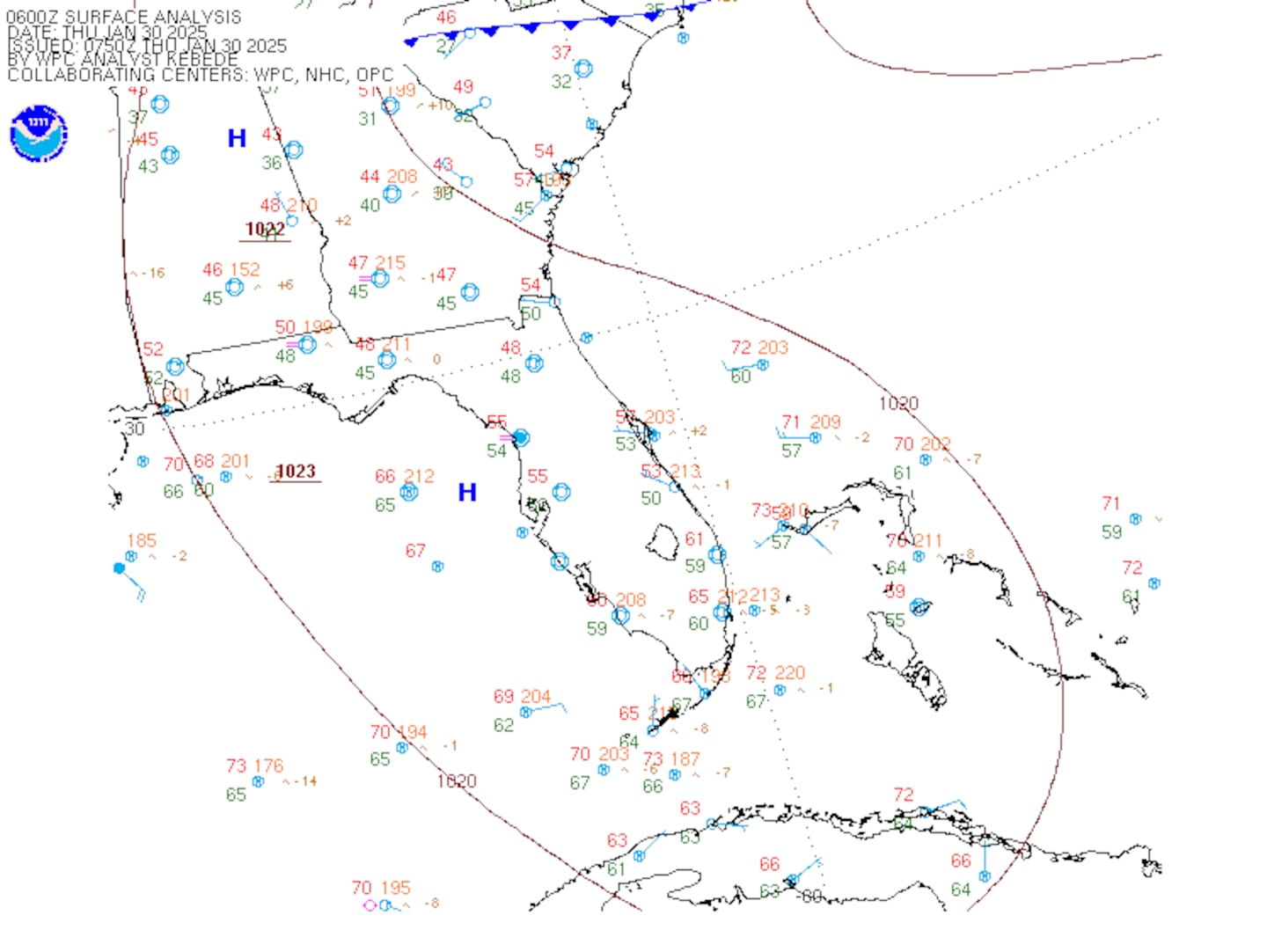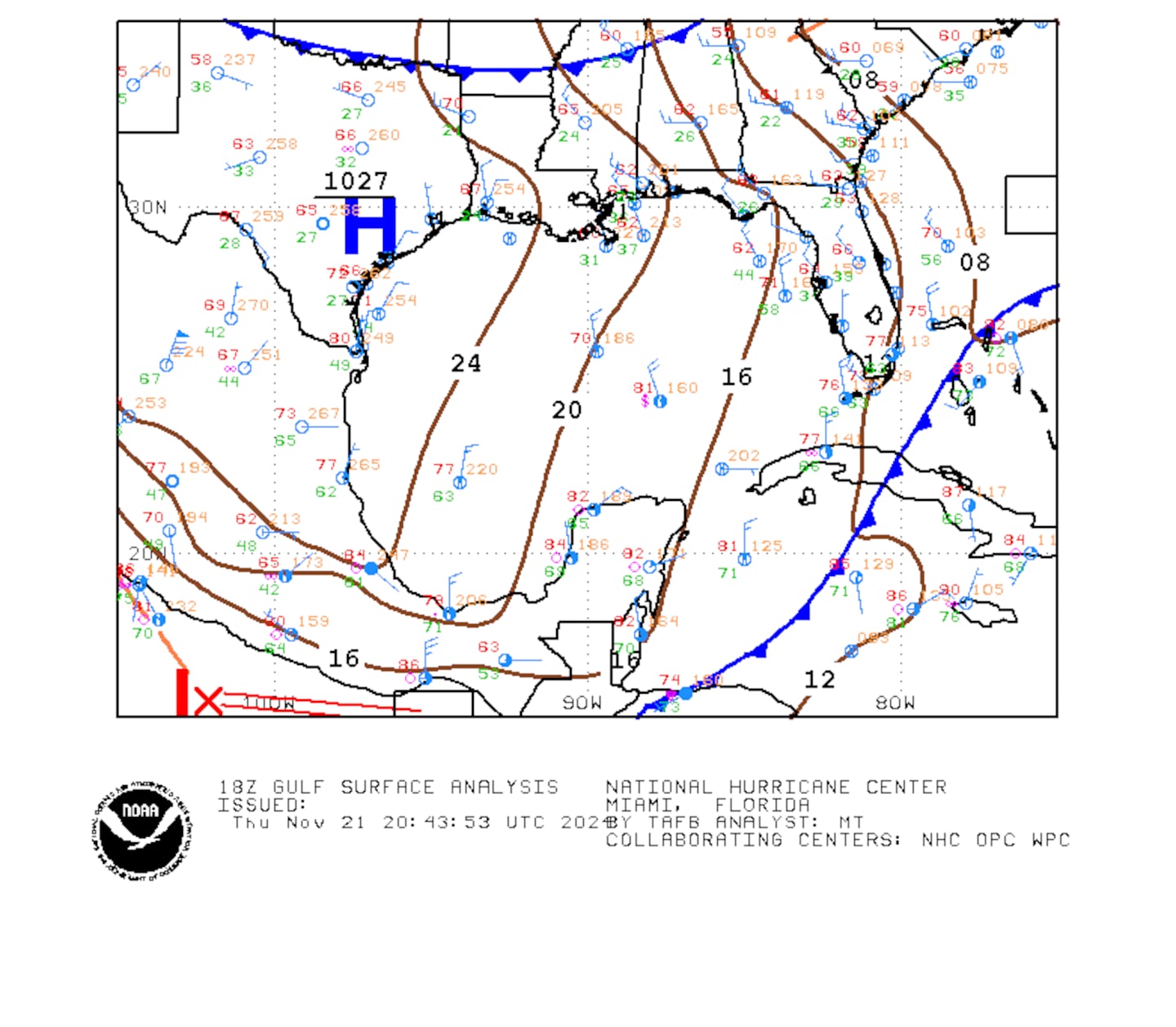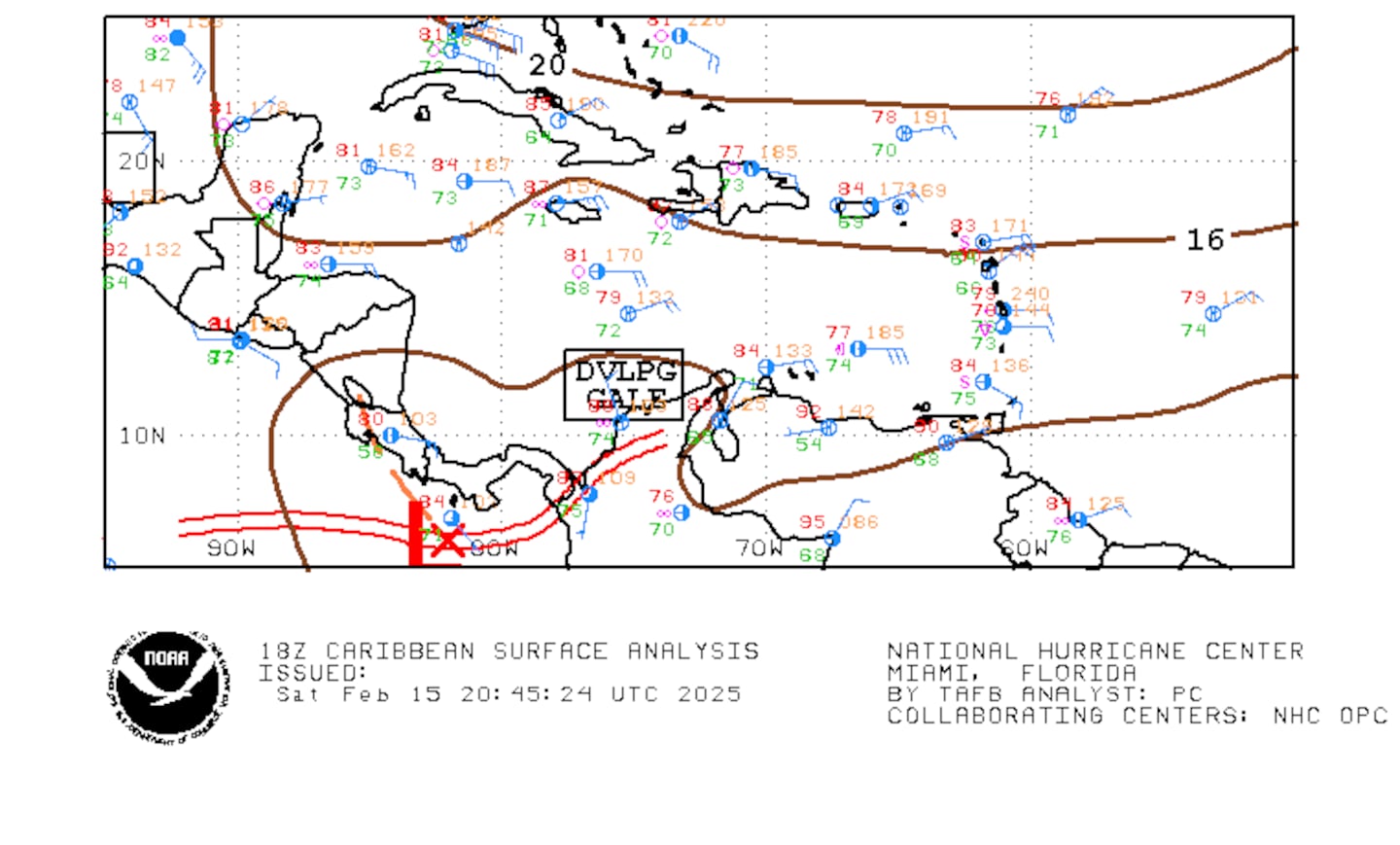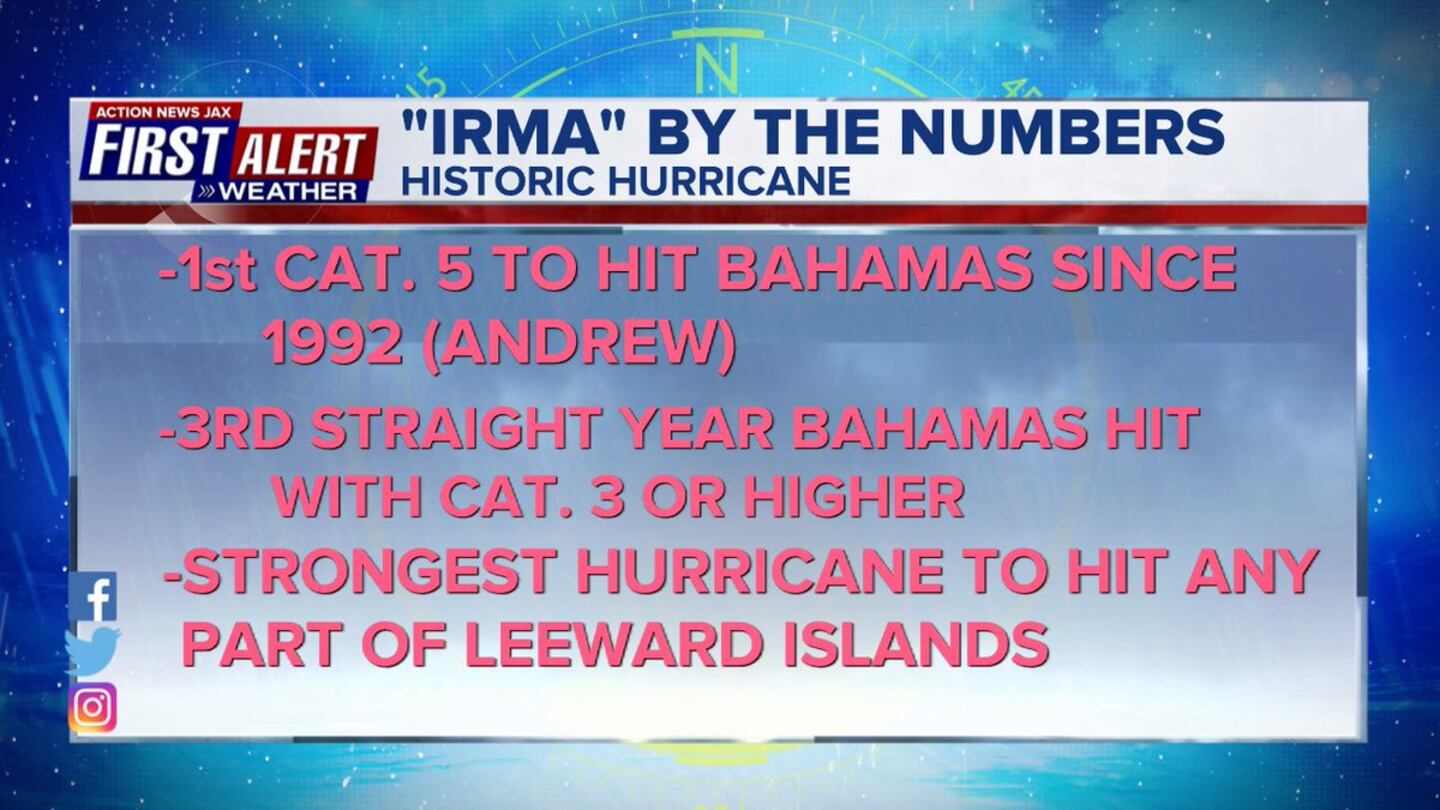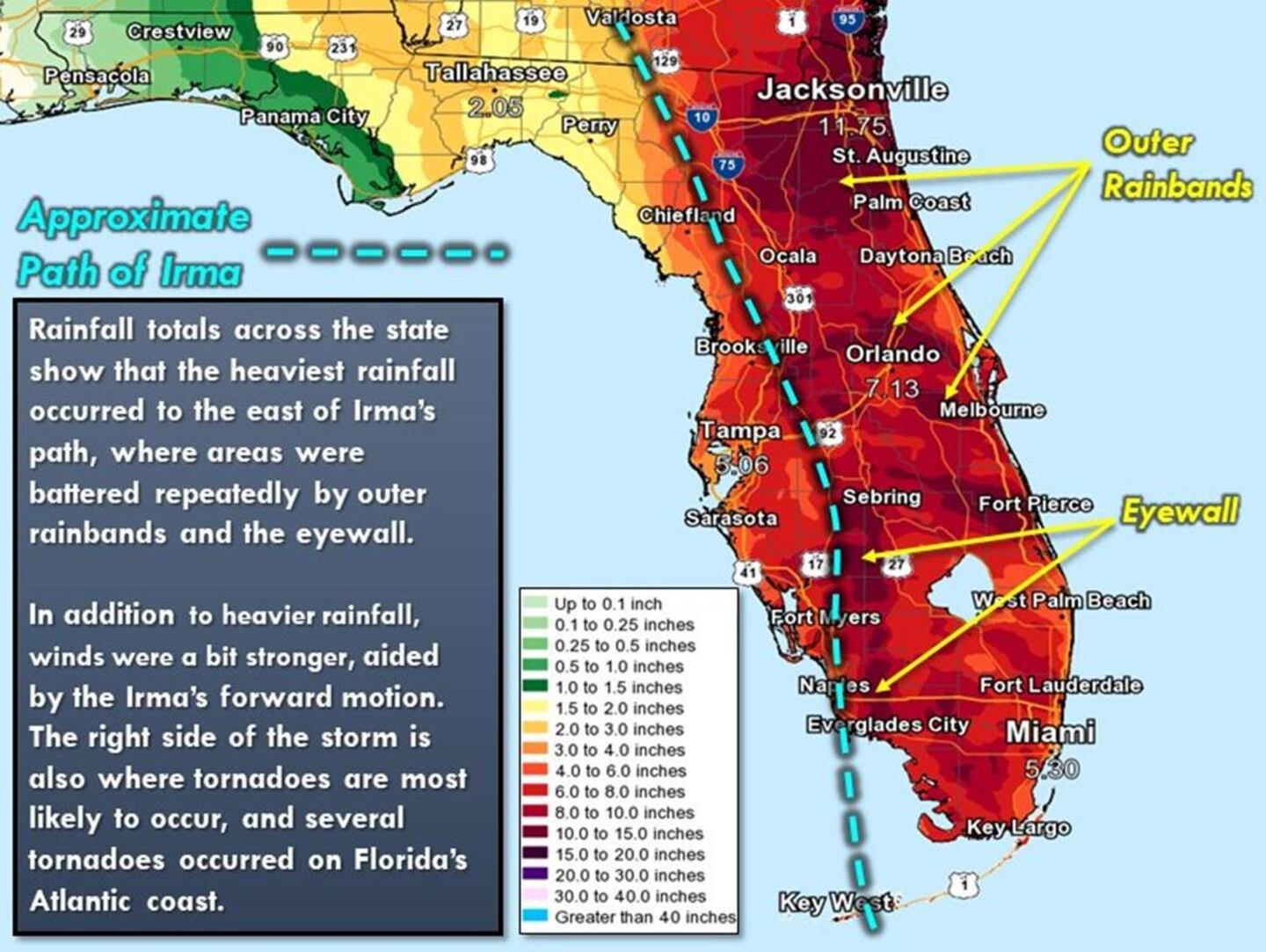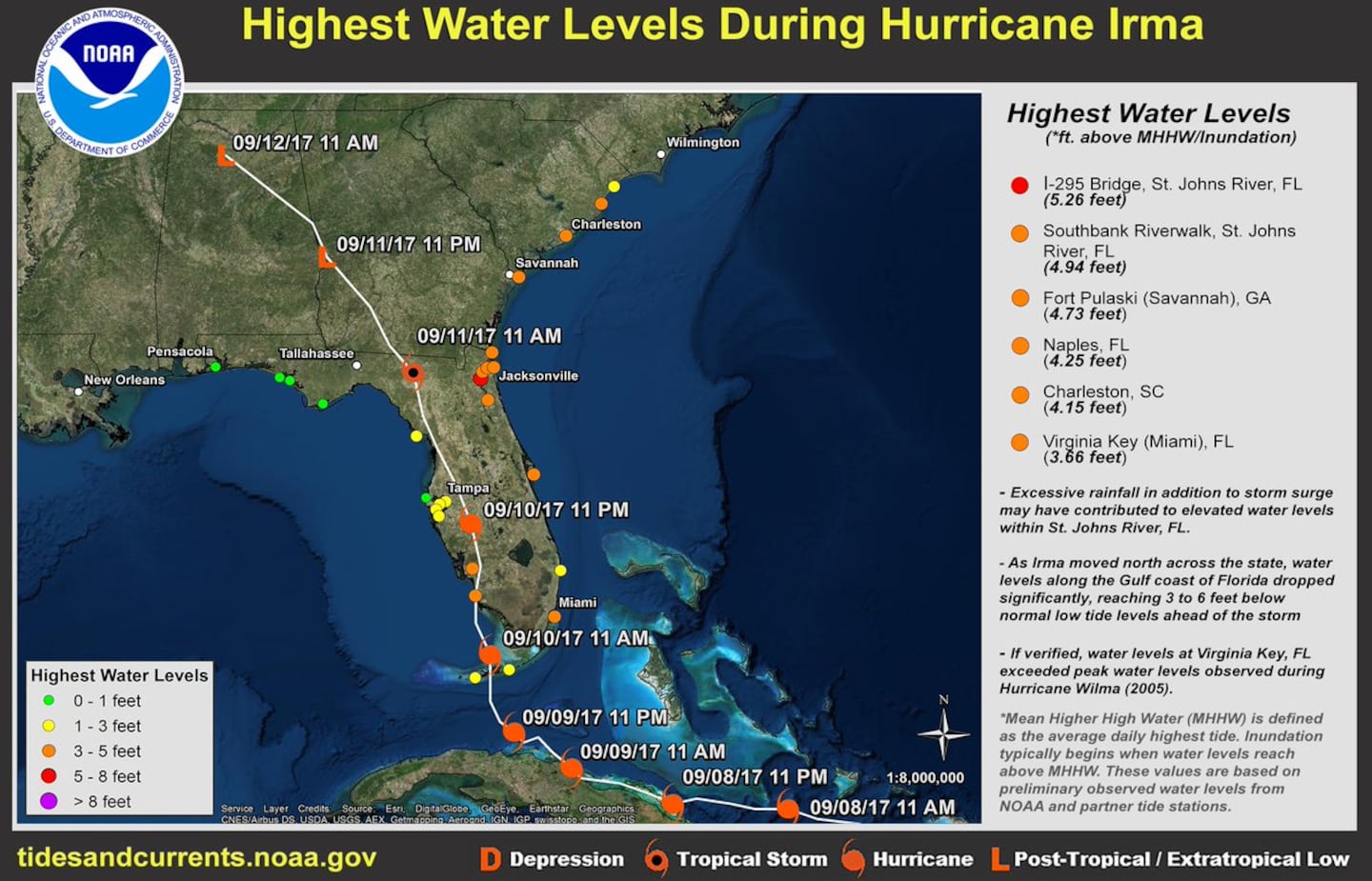Sept. 18, 2017 — Photos: Must-see photos of Irma damage in Jacksonville area
Live updates: Maria strengthens to Category 3 hurricane
The Atlantic remains very active with "Jose" over the W. Atlantic... fast strengthening "Maria" approaching the Caribbean.... & weakening "Lee" over the Central Atlantic.....
Only 6 other seasons have had 13 named storms by Sept. 16th - 1933, 1936, 1995, 2005, 2011 & 2012 (Klotzbach).
The "Buresh Bottom Line" is: stay tuned!... Always be prepared!..... City of Jacksonville Preparedness Guide... Georgia Hurricane Guide.
Maria:
Heads-up Lesser Antilles & Puerto Rico! A major hurricane is on enroute & will move through the already hard hit Northern Lesser Antilles ("Irma"). This part of the forecast is relatively straight forward (if there is a such a thing!).... but things become more complicated in the long range.
Jose is adding to the confusion as some models show some interaction by the weekend over the Western Atlantic though at that long range, there is a lot that can change when it comes to upper level flow & overall steering currents. Ultimately I don't believe the two tropical cyclones will directly interact but what happens in the atmosphere with & near Jose may dictate Maria's movement in the coming days & whether or not there's a direct hit on the U.S.
It does seem certain that Maria will not be a Gulf of Mexico system.
I am concerned about a more west shift in the long term track overall due to:
(1) upper level ridge that will have the potential to develop underneath (south) of "Jose"
(2) the Atlantic pattern since spring has been dominated by a strong & expansive Bermuda high. Attention to long range model forecasts this season have shown an east & even north bias early in the forecast cycles.
So how do we solve a problem like Maria? Well... much will come down to any upper level ridging near the U.S. east coast. At the moment, virtually all of the long range global models have shifted east following a wake of sorts to the south of northward moving Jose. It's the ol' "cork in a stream" - the hurricane is going to follow the path of least resistance. It's my humble opinion, that Maria is not a simple recurve harmlessly over the W. Atlantic after battering parts of the Caribbean & Bahamas even though models have recently trended east. Let's hope the trend turns out to be reality.
There may also be some interaction with the land mass of Puerto Rico & very mountainous Hispaniola which could play a role in intensity of the storm & - in some ways - the track of the tropical cyclone.
The chart below is the 500mb (upper level) forecast from the GFS model for early Sat., 09/23. The atmosphere is going through some major buckling as a big trough of low pressure moves into the Western U.S. helping to induce ridging over the Eastern U.S. But there's just enough "softness" over the W. Atlantic for the models to sniff out an escape route for Maria. I think our best hope is for Jose to be enough of a factor to maintain that alleyway as otherwise ridging should have a tendency to develop given the large trough over the Western U.S. If the ridging is faster & wins out then the U.S. has a problem with regards to Maria.
It is still too early to fully know how these details will work out by the weekend into early next week. It is a rather complicated weather pattern.
Jose:
.... The hurricane has made the turn more north & is slowly weakening while also gradually transitioning to a post tropical storm.
There will be no major direct impacts on Fl.. But "Jose" will bring strong winds & rough seas/surf to New England including Boston by midweek while a very high rip current risk will occur from the beaches of of the Carolina's to Maine with a tropical storm WATCH in effect from the Jersey shore to Massachusetts.
LOCALLY - for NE Fl./SE Ga: Jose's closest approach was Sunday BUT 500+ miles to the east. An easterly swell will continue at the coast of Northeast Fl./SE Ga. with an enhanced rip current risk.
Jose looking much more like a subtropical system....
NOAA WaveWatch III below predicated on GFS model - will change & update - hit refresh for latest + loop:
The West Pacific may again give us a clue this season -- this time with "Jose". Tropical storm "Talim" will move N/NE across Japan just to the east of China. So the "play" on Jose might be something closer to the coast from the Mid Atlantic to New England.
0
Very warm ocean water persists:
1
Deep oceanic heat content is still very evident - especially over the Caribbean & Gulf. We will have more tropical troubles before the season is over.
Sea surface temp. anomalies show sea surface temps. have cooled across the Northern Gulf & surrounding Fl. most likely caused by the recent tropical cyclones....
"Lee" will remain weak & possibly soon dissipate over the Central Atlantic giving way to lots of shear.
The Gulf & Caribbean remain quiet. There are indications of a general lowering of surface pressures across this area for late month which might be a hint pointing to tropical "mischief" in 10 days to 2 weeks.
East Atlantic IR satellite:
Mid & upper level wind shear (enemy of tropical cyclones) analysis (CIMMS):
SE U.S. surface map - cold front is part of the equation for where Irma goes....
Surface analysis centered on the tropical Atlantic:
Surface analysis of the Gulf:
Caribbean:
Hurricane Irma recap: made the turn to the northwest & then north after ravaging the Keys. Ft. Myers & much of Florida last weekend into the early part of last week. this is the first "major" Fl. hurricane landfall since Cat. 3 "Wilma" in Oct., 2005 (Twitter did not yet exist!)...
The last advisory by the NHC on "Irma" was issued Tue. morning as the storm became post tropical.
Preliminarily highest water levels from NOAA. Further ground verification will follow & result in some higher numbers ultimately (probably) - especially for the Keys & S. Florida. What pops out is the highest so far is the I-295 Bridge (Buckman)!.... then the southerly wind on the east side of Irma pushed all that water north to downtown resulting in the massive once in a generation flood for Riverside & San Marco. Initial post storm analysis is showing salinity of the St. Johns River at the peak of the "Great Flood" to not be as great as during the peak of flooding during/immediately after Matthew last year.
Cox Media Group









